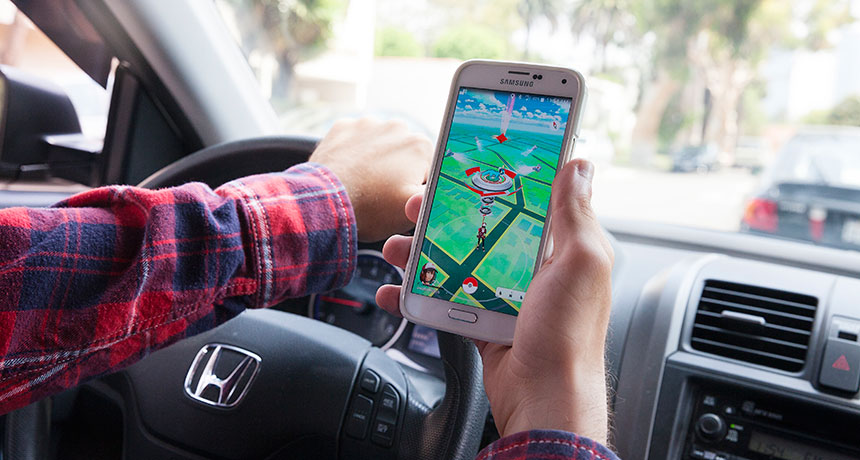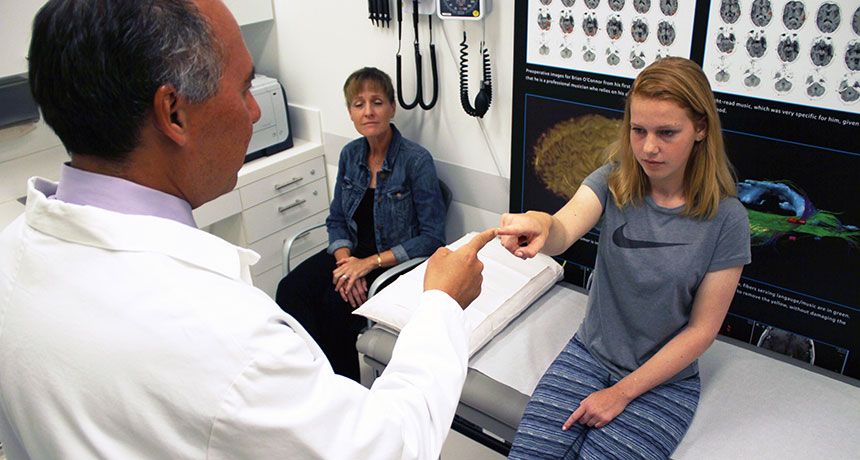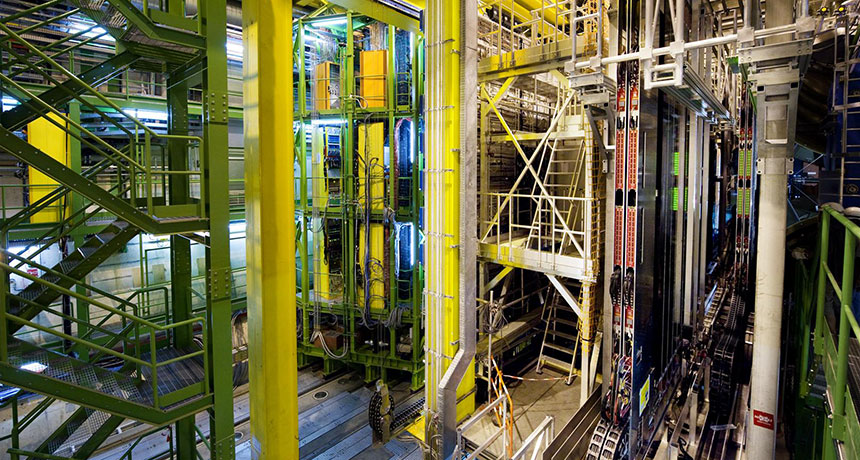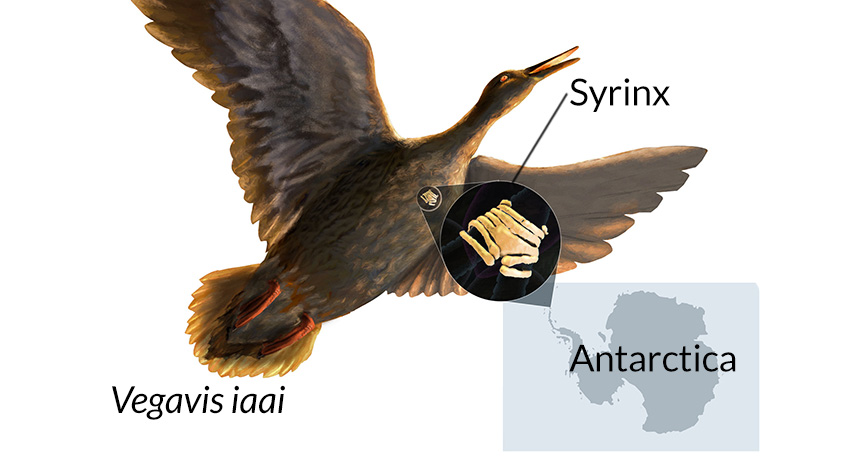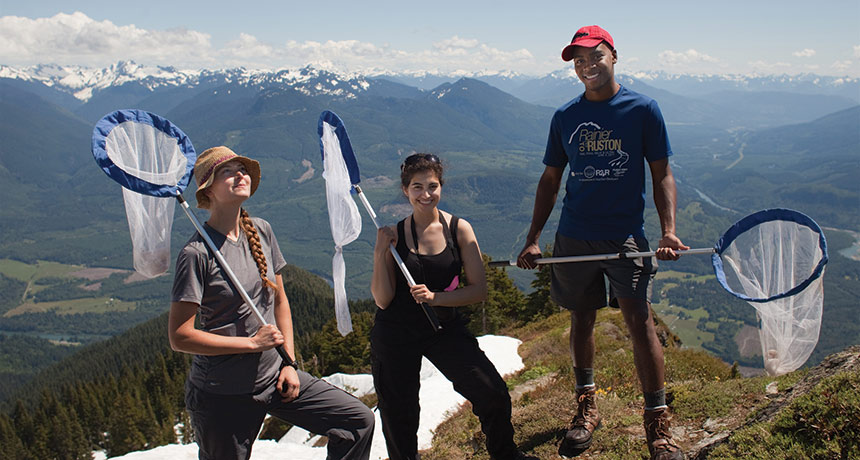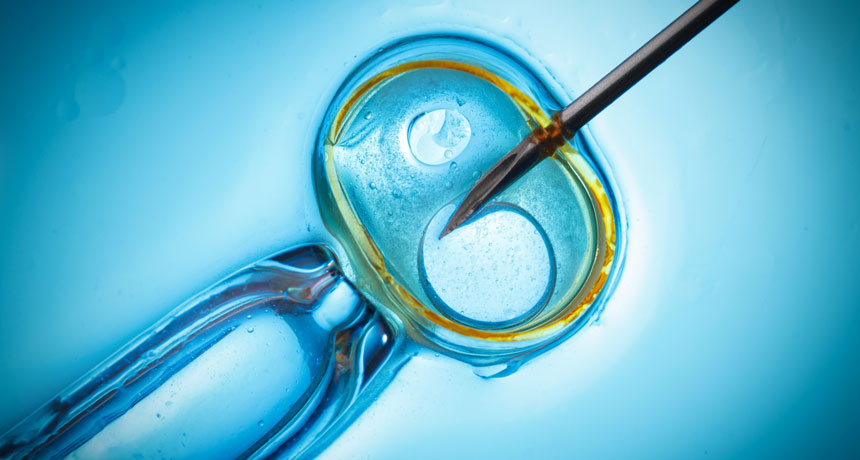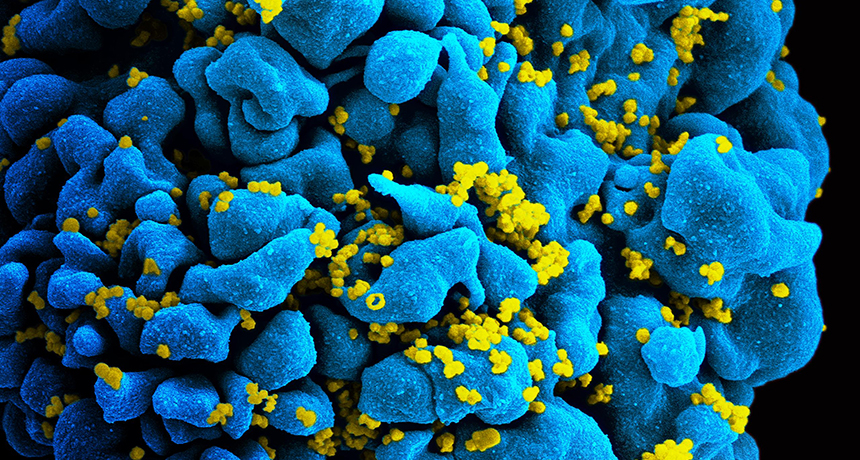Maybe you don’t need to burp your baby
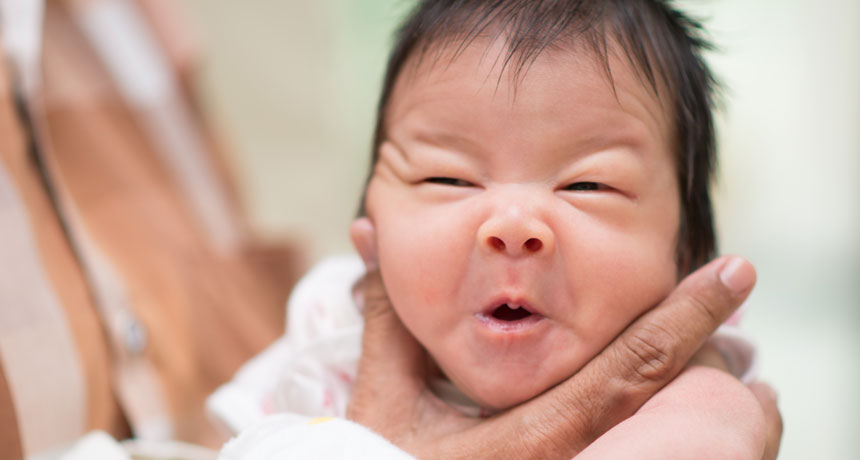
I found burping my babies to be highly satisfying. A little jiggle, a little pat, and suddenly, a big, funny jolt of air comes flying out of a tiny, floppy baby. There’s lots of burping methods — the over-the-shoulder jiggle, the propped-up-on-the-lap pat, even the face-down-on-the-knees position — and they all lead to this amusing outcome.
I will not weigh in on burping methodology here. Instead, I am going to back up a step further. At the risk of losing all credibility with grandmas, I am prepared to argue that you might not need to burp your baby at all. Despite the immense joy and amusement burping brings, there’s scant scientific evidence that burping after meals actually does anything helpful for babies.
Researcher and mother Bhavneet Bharti found it challenging to burp her infant after every single feeding, particularly at night. “Similarly, I heard stories of many more exhausted mothers and other caregivers spending hours patting their babies in the middle of the night, trying to wait for the elusive sound of the burp,” says Bharti, of the Postgraduate Institute of Medical Education and Research in Chandigarh, India. She looked for studies that supported this age-old practice. To her surprise, she found none.
That led her and her colleagues to put this common practice to the test. The researchers enrolled 71 mother-newborn pairs. Half of the mothers received advice about immunizations, breastfeeding and other health issues, but none about burping. The other half of the mothers was instructed on how to burp their babies. Over the next three months, the moms kept track of their babies’ colic episodes (excessive crying, inconsolability or other signs of discomfort) and spit-ups, tallying each event every 24 hours.
The results, published in Child: Care, Health and Development in 2015, were striking: Burped babies didn’t cry less than ones that weren’t burped. And the burped babies actually spit up more: They spit up about eight times a week, on average, compared with 3.7 times a week for unburped babes.
That’s an interesting result, given how entrenched burping advice is. The American Academy of Pediatrics advises parents to burp their babies, as do many other doctors, nurses, lactation consultants and parenting websites. Yet the recommendation isn’t particularly rooted in evidence. Bharti’s study “is a clever and well-done study of a ‘wellness practice’ that many people take for granted, but — as I would certainly agree with the authors — has rarely, if ever, been truly shown to have benefits,” says Jenifer Lightdale, a pediatric gastroenterologist who specializes in fussy infants and reflux at theUniversity of Massachusetts Medical School in Worcester.
Babies can appear to be uncomfortable as they’re trying to burp spontaneously. Scrunched up faces may have prompted parents to rub, jiggle or pat the burp up. Bharti doesn’t take issue with this occasional gas-shifting assistance. “It is not the practice of an intuitive occasional burp by the caregivers, but the ritual after every feed that is being questioned,” she says.
The study is too preliminary to conclude that burping is actually behind the increased numbers of spit-ups. The study was small, relied on mothers’ memories for their tallies and may have been influenced by cultural factors specific to the suburb of the northern Indian city of Chandigarh, where the study was based. And researchers didn’t track how often the babies in each group were actually burped. Yet it’s intriguing to wonder whether burping might cause more spitting up for some babies, Lightdale says.
When talking with her patients’ parents, Lightdale doesn’t actually recommend burping. “It’s not that I counsel against it,” she says. “Rather, I would consider the recommendation to burp a baby to be less medical advice, and more an infant feeding practice that is passed down across generations, and that humans universally seem to assume is useful for infants.” Her patients have come from all over the world: China, Nigeria, Brazil, France, the Philippines, Canada, India, Germany, Iceland, Russia and the United States. And she’d be hard pressed, she says, to think of any culture that doesn’t burp their babies.
Maybe baby burping’s ubiquity means that there’s something to it. It’s quite possible, likely even, that folk wisdom reflects a benefit that went undetected in this study. But it’s also possible that parents burp babies because we think it makes our babies feel better, and that’s something that makes us feel better. Plus, little baby burps are funny.
While we wait for larger, more rigorous trials of burping infants, which in reality may never materialize, we will have to settle for ambiguity. “It is a fun exercise to question why exactly we do this, and whether the practice is actually accomplishing what we think it is,” Lightdale says.
